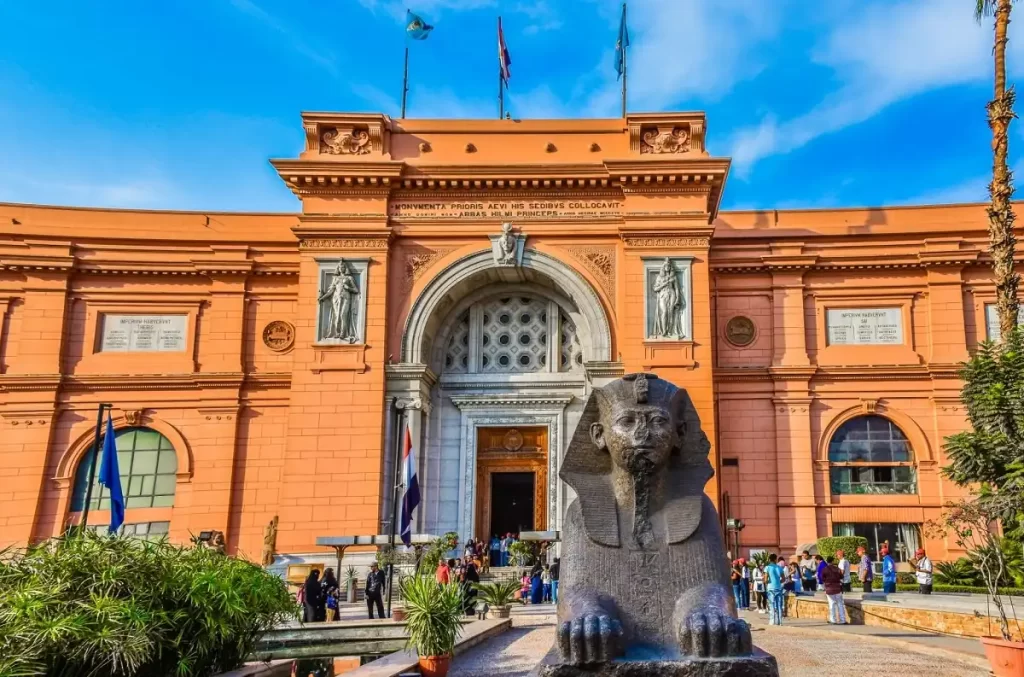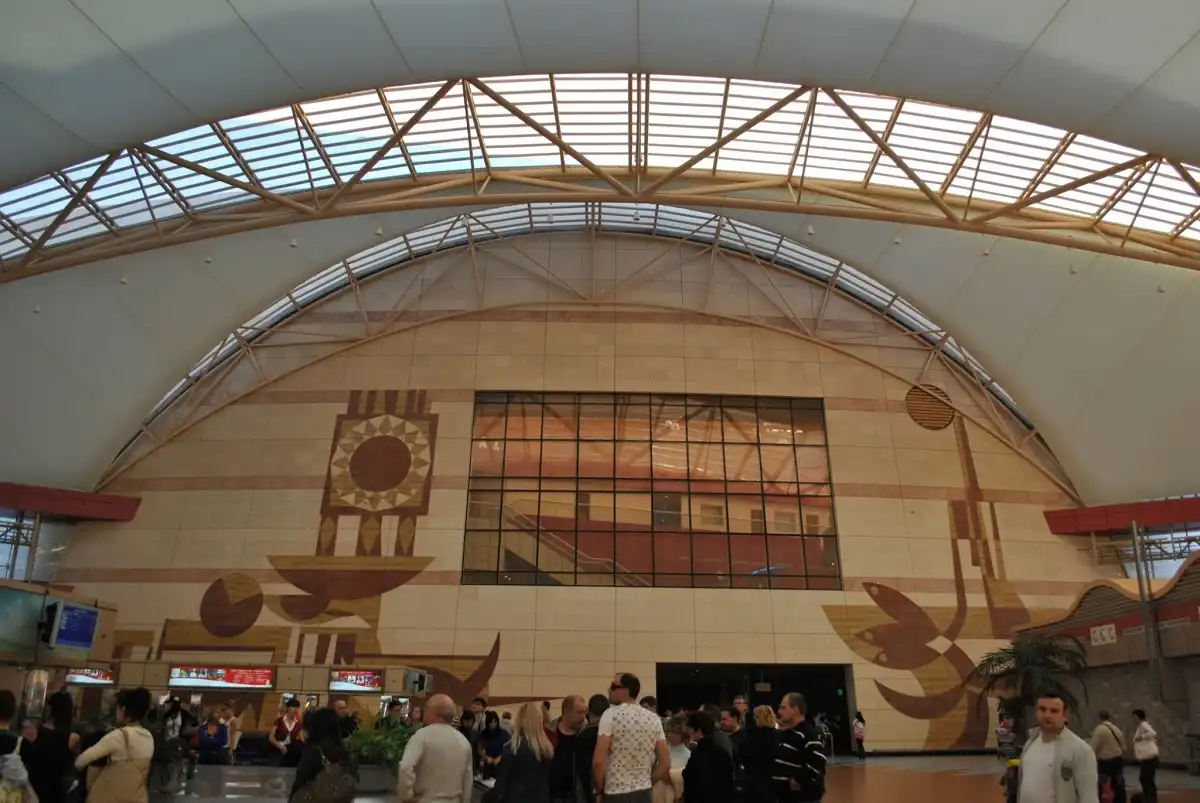
The Egyptian Museum
[ez-toc]
History of the Egyptian Museum
Most people find the thought of seeing actual magic to be pretty ludicrous, but as you enter one of the oldest museums in the world, everything becomes clear. It is a place of utter wonder and beauty since it houses the largest collection of items from ancient Egypt.
There are numerous items from various periods in the development of ancient Egyptian culture in the Egyptian Museum. The Egyptian Museum has a long and illustrious history; it was first built in 1835 next to Ezbekeyah Garden, but Mohammed Ali later moved it to Cairo Citadel to preserve Egypt’s cultural heritage. The entirety of the Egyptian museum’s collection was handed to Austria’s Archduke Maximilian in 1855, and it is today housed in Vienna’s Kunsthistorisches Museum.
So, under the direction of the director of the Egyptian department of antiquities, Auguste Mariette, a new, improved museum was constructed at Boulaq in 1858, but it was tragically destroyed by the Nile River Flood. In Cairo, the city that never sleeps, a brand-new museum was founded in 1902 in front of Tahrir Square, which still serves as the official Egyptian Museum today.
Contents of the Egyptian Museum
The Egyptian Museum has around 120,000 rare magical items dating from as early as 2700 BC, the beginning of the Egypt Old Kingdom, to as late as the Greco-Roman Period. The first floor (sometimes known as the Ground Story) and the second floor make up the structure. All of the large exhibits, including coffins, masks, enormous states, stone tablets, and artefacts discovered in numerous Kings’ and Queens’ royal graves, are located on the main level. The majority of the displays of numerous royal tombs as well as many of the smaller items, including jewellery, papyrus documents, and funerary artefacts, are located on the second floor. The items are arranged in chronological order from the early kingdom up to the Greco-Roman era.
The Narmer Plate, one of the most well-known artefacts and a remnant of the age of the pyramids, narrates the tale of the unification conflict fought by King Menes. King Khufu, Khafre, and a number of other statues can be found on the ground floor. The majority of the artefacts in the museum date to the New Kingdom (1550–712 BC), which spans three dynasties from the 18th to the 20th. These artefacts range from crowns, wooden objects, and gold statues of goddess-like Hathor and Amun to opulent possessions of numerous Kings and Queens, including Thutmosis III, Thutmosis IV, Amenophis II, Egypt’s most powerful Queen Hatshepsut, and many others from the new kingdom.



